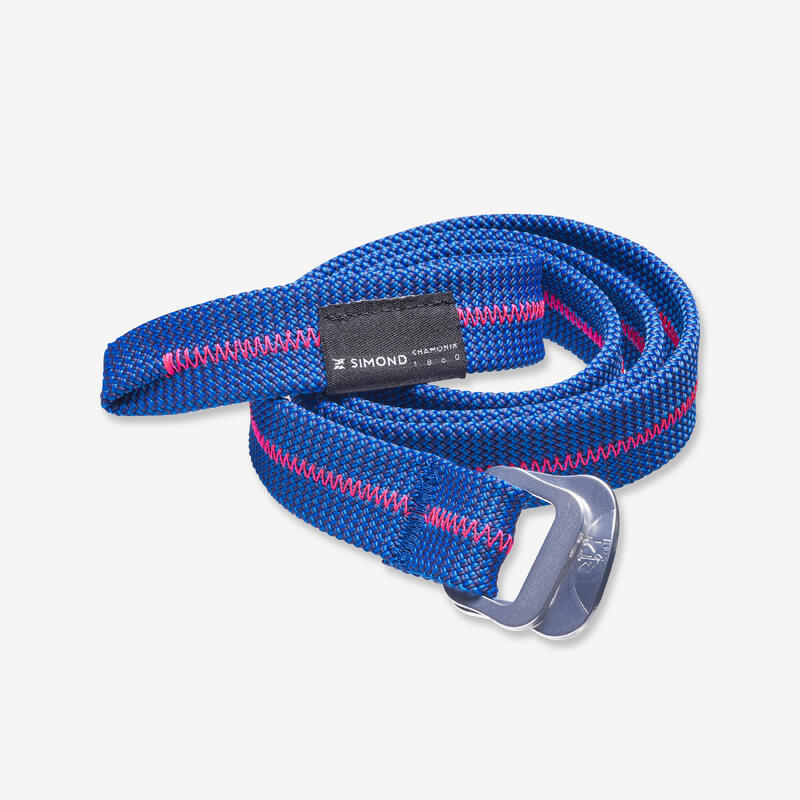How to choose the right combination (Part 1)
The first criterion for choosing a wetsuit is water temperature. Water temperature varies according to location and time of year. So always make sure that the water temperature at your spot corresponds to the recommended temperature range: Water at 21°C. Water between 17 and 22°C. Water between 12 and 17°C. Water between 7 and 12°C. Visit seatemperature.org to find out the temperature of your spot.
How to choose the right combination (Part 2)
The 2nd criterion to consider is the duration of your sessions. If your sessions last less than an hour, 100 models are ideal. For up to 2 hours, choose a 500 model, and for up to 3 hours, a 900 model. Compared to 100 models, 500 models will limit fatigue more (+ freedom of movement) and limit irritation better. The same applies to 900 models compared with 500 models.
NB: 900 models are easier to put on.
Choosing the right size
To get the most out of your wetsuit, you need to choose the right size. A wetsuit should fit snugly, and there should be no ostentatious creases. When dry, it's normal to feel too tight, but this discomfort disappears as soon as the wetsuit gets wet. If you choose a wetsuit that's too big, wrinkles will form and irritation will appear.
Try it on before you buy it!
Materials
This 900 4/3 wetsuit OLAIAN_DECATHLON SURF is made of genuine neoprene. The neoprene is lined with synthetic textile for greater abrasion resistance. Neoprene thicknesses: 4 and 3 mm. Neoprene is a closed-cell elastomer foam (polychloroprene) containing nitrogen bubbles for insulating properties. We test and guarantee the thermal quality of our neoprene materials.
Collar
The collar finish has been designed to limit irritation. Depending on individual sensitivity, a UV top can be worn under the suit to limit the risk of irritation. We also recommend applying a greasy cream (e.g. Vaseline) to rubbing areas (neck, armpits) during long periods of use. Make sure you position the flap correctly inside the suit, to limit any risk of irritation from the zipper and collar.
Closing
Our zips and fasteners are laboratory-tested to ensure optimum durability and resistance to salt water. We position the zipper on the front of the wetsuit - on the chest side - at a slight angle, for greater comfort and freedom of movement in surfing and board sports.
Sealed assembly
The seams are glued and then sewn using the GBS (Glued and Blind Stitch seams) method to guarantee watertightness. The seam is blind stitched, i.e. the thread does not go through the entire thickness of the neoprene, thus preventing water from passing through. The absence of threads on the inside prevents chafing. Comfort and reinforcement braids are fitted at sensitive points.
Key pocket
A key loop is located under the zip flap
Anti-irritation cup
We designed this product with seamless panels under the arms to limit irritation from repeated paddling movements in surfing and board sports.
Stay warmer longer with thermal accessories! There's something for every temperature range...
When we're in the water, we lose more than half our body heat through our extremities (feet, hands, head). We therefore recommend the following accessories:
- in water >17°C => neoprene socks.
- in water 12 - 17°C: high booties and gloves.
- in water 7 - 12°C: high booties, gloves, balaclava and balaclava top.
Multi-sport wetsuits
Our wetsuits are designed to meet the needs of the most demanding surfers. Our design choices also make them compatible with other water sports such as surf-foil, wingfoil, windsurfing, kitesurfing, wakeboarding, water-skiing, active ocean walking (longe-côte) or SUP (stand-up paddle).
Ankle and wrist sleeves
Sleeves on ankles and cuffs for a better seal.
DO YOU HAVE A SUIT WITH A HOLE IN IT? DON'T THROW IT AWAY!
Décathlon is committed to ensuring that all Neoprene wetsuits are repairable and in perfect condition after repair!
What is the OLAIAN brand?
OLAIANDECATHLON'S SURF BRAND
Based in Hendaye, in south-west France, OLAIAN is Decathlon's surf brand. In our "feet in the water" offices, we can design and prototype a wetsuit, then test it directly by surfing nearby spots on a daily basis to check its thermal comfort and the freedom of movement it offers.



















